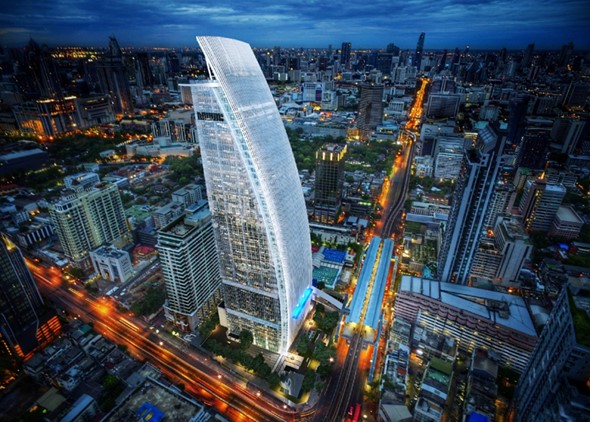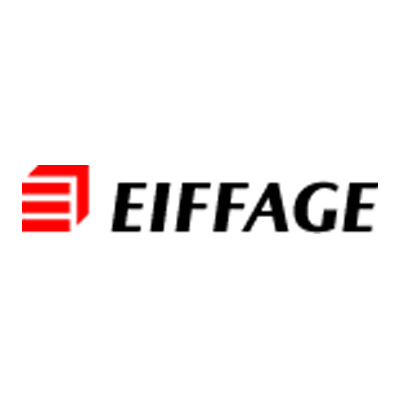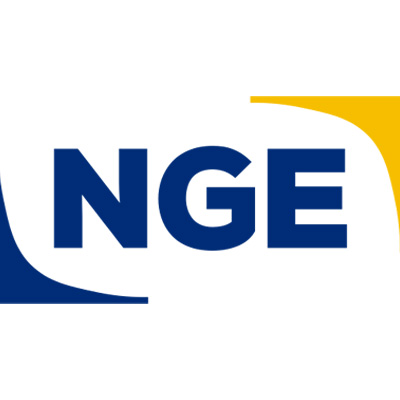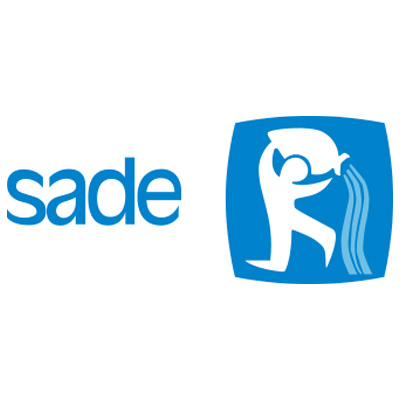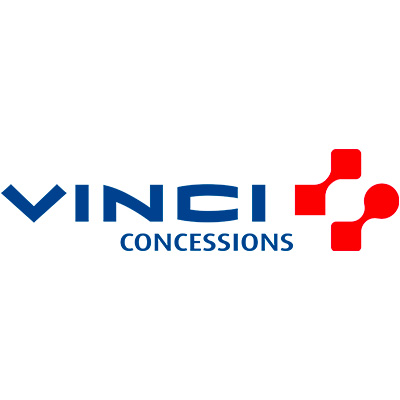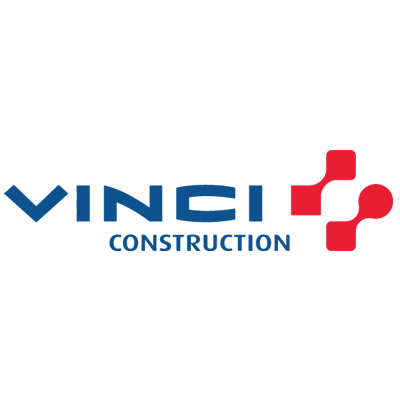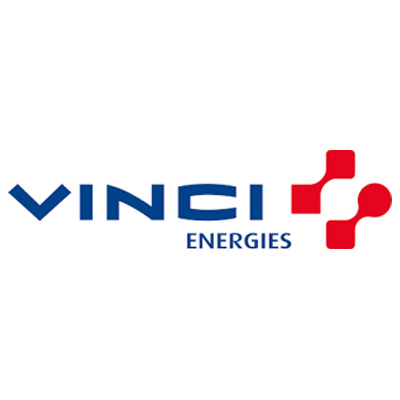Infrastructure Monitor 2022 : Global trends in private investment in infrastructure
February 2023
Global Infrastructure Hub (93 pages).
After remaining resilient overall through the initial shock of the pandemic in 2020, private investment in infrastructure projects in primary markets recovered in 2021 to just 0.3% below its 2019 level. This recovery was largely the result of growth in the regions hardest hit during the pandemic – Oceania, Latin America, and Asia – which all saw investment bounce back following steep regional declines in 2020.
However, the longer-term story of private investment in infrastructure is one of stagnation. Private investment in infrastructure projects in primary markets has been stagnant for eight years running and the USD172 billion invested in infrastructure projects by private investors in 2021 remains far shy of what is needed to close the infrastructure investment gap. Investment trends also differ among high-, middle-, and low-income countries, and the level of investment in middle- and low-income countries continues to decline.
In 2021, private investment in infrastructure projects grew by 8.3% in high-income countries, while investment in middle- and low-income countries fell by 8.8%. The gap between private investment in infrastructure projects in high-income countries and that in middle- and low-income countries continues to widen; in 2021, 80% of private investment in infrastructure projects occurred in high-income countries and 20% in middle- and low-income countries.
While the declining trend in infrastructure investment in middle- and low income countries began before the pandemic, it was exacerbated during the crisis, and investment levels remain significantly lower than those seen in high-income countries.
The renewables sector continues to attract the most investment, garnering almost half of total private investment in infrastructure projects in 2021. Meanwhile, the global trend away from non-renewables continued. Non-renewables now represent only 11% of total private investment in energy projects.
Encouragingly, following a trend that emerged during the pandemic in 2020, private investors are showing growing interest in telecommunications and social infrastructure, sectors that have historically attracted very low levels of private investment.
Global Infrastructure Hub (93 pages).
After remaining resilient overall through the initial shock of the pandemic in 2020, private investment in infrastructure projects in primary markets recovered in 2021 to just 0.3% below its 2019 level. This recovery was largely the result of growth in the regions hardest hit during the pandemic – Oceania, Latin America, and Asia – which all saw investment bounce back following steep regional declines in 2020.
However, the longer-term story of private investment in infrastructure is one of stagnation. Private investment in infrastructure projects in primary markets has been stagnant for eight years running and the USD172 billion invested in infrastructure projects by private investors in 2021 remains far shy of what is needed to close the infrastructure investment gap. Investment trends also differ among high-, middle-, and low-income countries, and the level of investment in middle- and low-income countries continues to decline.
In 2021, private investment in infrastructure projects grew by 8.3% in high-income countries, while investment in middle- and low-income countries fell by 8.8%. The gap between private investment in infrastructure projects in high-income countries and that in middle- and low-income countries continues to widen; in 2021, 80% of private investment in infrastructure projects occurred in high-income countries and 20% in middle- and low-income countries.
While the declining trend in infrastructure investment in middle- and low income countries began before the pandemic, it was exacerbated during the crisis, and investment levels remain significantly lower than those seen in high-income countries.
The renewables sector continues to attract the most investment, garnering almost half of total private investment in infrastructure projects in 2021. Meanwhile, the global trend away from non-renewables continued. Non-renewables now represent only 11% of total private investment in energy projects.
Encouragingly, following a trend that emerged during the pandemic in 2020, private investors are showing growing interest in telecommunications and social infrastructure, sectors that have historically attracted very low levels of private investment.


